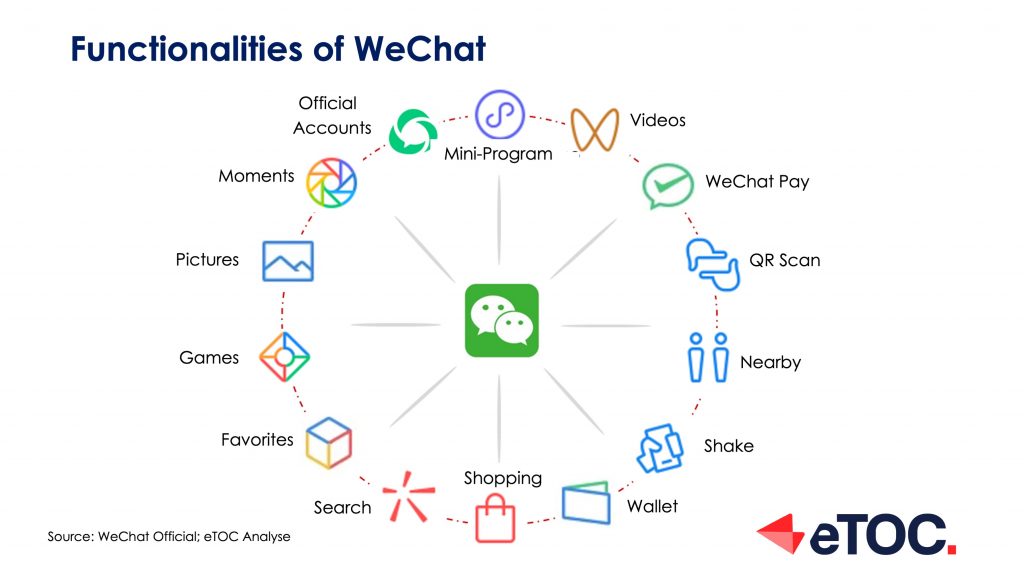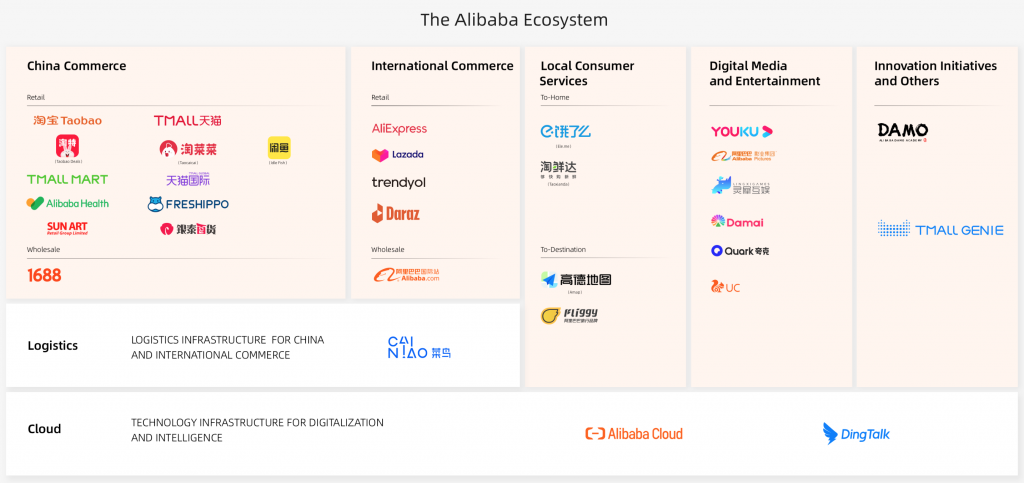Shopatainment, a fusion of “shopping” and “entertainment”, is rapidly changing the landscape of e-commerce. This innovative concept transcends the traditional boundaries of online shopping and seamlessly blends it with elements of entertainment to create a vibrant, interactive and engaging customer experience. Shopatainment has its origins in China’s bustling digital marketplaces and represents a fundamental shift in the way consumers interact with brands and products online.

At its core, shopatainment is about extending the act of purchase beyond a mere transaction. It is an art form that combines storytelling, entertainment and technology to make shopping a dynamic and immersive experience. This approach is particularly appealing to Generation Z and tech-savvy consumers who are looking for more than just the efficiency and simplicity of traditional online shopping. They crave experiences that are engaging, social and entertaining.
The importance of shopatainment cannot be overstated. It is not just a fleeting trend, but a robust paradigm shift that signals the future of digital commerce. While Western markets have traditionally focussed on the efficiency and functionality of online shopping, shopatainment introduces a new dimension where variety, inspiration and engagement are equally important. The evolution of this concept promises to redefine the norms of retail and influence consumer expectations worldwide.
The historical context
The journey of shopatainment began in the late 20th century with the rapid evolution of e-commerce in China. This era marked a transition from traditional brick-and-mortar stores to digital marketplaces, laying the groundwork for a revolutionary shopping experience. The genesis of shopatainment is deeply rooted in China’s unique digital landscape, characterized by a blend of technological innovation and a culturally ingrained penchant for social commerce.
In the early 2000s, a pivotal moment arrived when the Chinese government, recognizing the potential of e-commerce, implemented policies to foster its growth. This led to the global expansion of Chinese e-commerce giants like Alibaba and JD.com, which not only dominated domestic markets but also made significant inroads internationally. This expansion was fuelled by China’s growing middle class and a burgeoning population of digital natives, setting the stage for a new era in online shopping.
As consumer preferences evolved, a demand for more than just convenience and price competitiveness emerged. Chinese consumers began to view shopping as a social and recreational activity, giving rise to the concept of shopatainment. This innovative approach combined shopping with elements of entertainment, creating a deeper and more meaningful connection between consumers and brands. Platforms such as Alibaba and JD.com were quick to capitalize on this trend, transforming their e-commerce sites into comprehensive brand experience hubs.
This period of transformation was marked by a significant shift in consumer behavior. Shoppers were no longer content with passive purchasing; they sought interactive and engaging experiences that resonated with their lifestyle and values. Shopatainment emerged as a response to these evolving needs, heralding a new chapter in the story of e-commerce where shopping transcends transactional boundaries to become a form of entertainment. This marked the beginning of a journey that would eventually position China as a global leader in digital innovation and set new benchmarks for the future of online shopping.
China's Unique Digital Ecosystems and their Role in Shopatainment
China’s digital ecosystems stand apart from their Western counterparts, characterized by continuous innovation and a deep integration into the social fabric of the country. This uniqueness stems from a blend of technological enthusiasm among Chinese consumers, the importance of personal networks (‘guanxi’), and the omnipresence of social media. These factors collectively drive the integration and development of digital technologies in China.



Platforms such as WeChat and Alibaba epitomize China’s approach to digital ecosystems. WeChat, more than just a messaging app, has evolved into a ‘super app’ offering a myriad of services, including mobile payments and shopping. This integration keeps users within a single, cohesive digital environment. Similarly, Alibaba, through platforms like Tmall and Taobao, has revolutionized online commerce by integrating digital payments and logistics, offering a seamless shopping experience that goes beyond traditional e-commerce.



These ecosystems don’t just simplify daily life; they redefine how companies interact with customers. By integrating various services and promoting a ‘mobile-first’ approach, these platforms have made e-commerce and social media integral to everyday life in China. This unique digital landscape, marked by its adaptability and rapid scaling, has positioned China as a leader in the global digital economy and a hub for continuous innovation.
The Evolution of E-Commerce into Entertainment in China
At the forefront of shopatainment is China’s transformation of e-commerce into an entertainment-led experience. Central to this evolution is the concept of live commerce. Platforms like Alibaba’s Taobao Live exemplify this, where products are showcased through live streaming, incorporating interactive elements like real-time chats. This approach has significantly boosted sales and customer loyalty, particularly during major sales events like the Double 11 Singles’ Day.
PinDuoDuo (PDD) represents another facet of this evolution, focusing on social commerce. The platform leverages social networks to foster communal shopping experiences, making customer reviews and interactions a core part of the buying process. Similarly, short video platforms like Douyin and Kuaishou are redefining brand communication with dynamic, engaging content.
Key in this digital transformation are influencers and key opinion leaders (KOLs), who are pivotal in shaping consumer preferences and building trust with their audiences. Their influence is substantial in steering purchasing decisions, making them central figures in the shopatainment landscape.
Furthermore, technological advancements like augmented reality (AR), virtual reality (VR), and the burgeoning metaverse are pushing the boundaries of e-commerce. These technologies facilitate immersive shopping experiences, allowing platforms like Alibaba and JD.com to offer virtual product trials. E-commerce gamification and the merging of online and offline experiences (OMO) are also significant trends, enhancing engagement and redefining the shopping experience.
Conclusion
Shopatainment marks a transformative era in e-commerce, originating from China’s innovative digital marketplaces and reshaping global shopping experiences. This blend of shopping and entertainment goes beyond mere transactions, infusing commerce with interaction, storytelling, and technology. It appeals to a new generation of consumers who seek engaging, social, and immersive experiences.
As technologies like AR, VR, and the metaverse continue to evolve, they will further enhance the immersive quality of shopatainment. Influencers and key opinion leaders are integral, shaping consumer choices and driving brand engagement. The global reach of shopatainment sets new expectations for consumer experiences, blending digital innovation with personalization and community building.
Shopatainment is not just a passing trend; it’s a significant shift in retail, offering a vision for the future where shopping is an enriching, interactive experience. For businesses and consumers alike, embracing the principles of shopatainment is key to thriving in the digital retail landscape.
Want to expand to the Chinese market? Contact us for a first free consultation.
